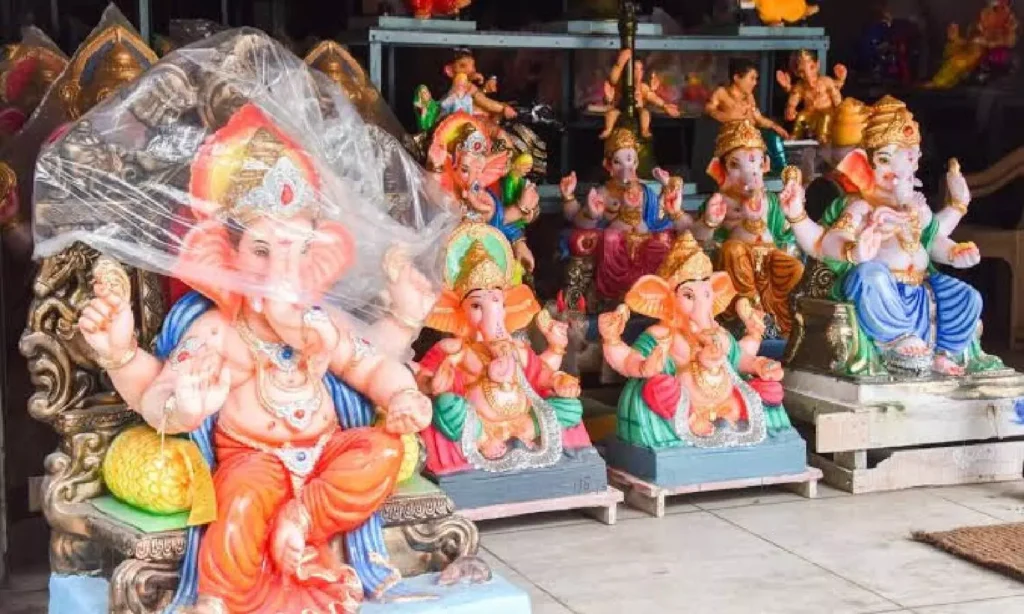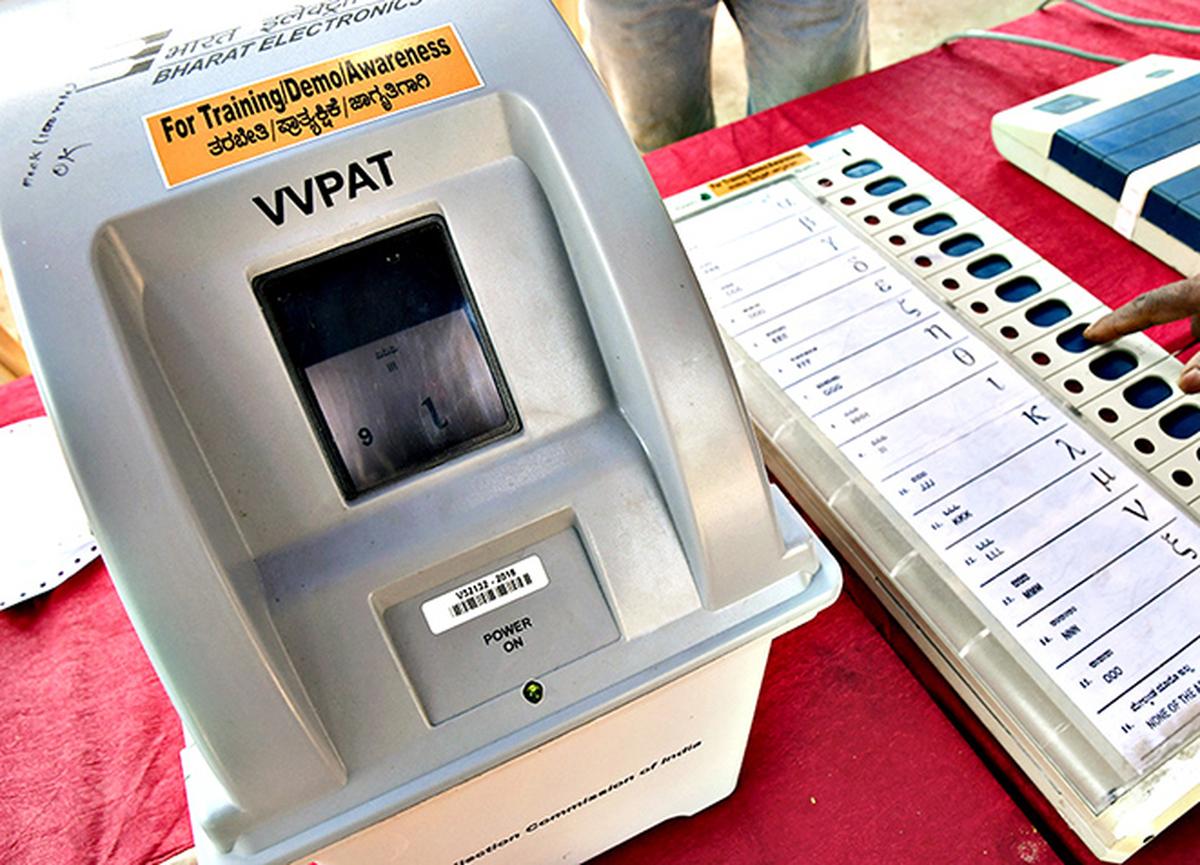Now Reading: Jharkhand Govt Moves to Oppose ‘SIR’ Model, Calls for Pro-Farmer Development Approach
-
01
Jharkhand Govt Moves to Oppose ‘SIR’ Model, Calls for Pro-Farmer Development Approach
Jharkhand Govt Moves to Oppose ‘SIR’ Model, Calls for Pro-Farmer Development Approach

In a significant political pushback, Jharkhand’s ruling alliance has decided to pass a resolution in the state assembly against the Centre’s proposed SIR (Special Investment Region) model. The decision reflects growing concern among tribal and rural communities over large-scale land acquisition and the potential impact on livelihoods and local autonomy.
Why the Ruling Bloc Is Opposing the SIR Plan
The Special Investment Region model is aimed at creating industrial corridors and inviting large-scale investment by offering ease of land access and regulatory benefits. While the Centre argues that the plan would boost development and job creation, Jharkhand’s alliance partners—particularly JMM and Congress—are calling it a “threat to Jal, Jungle, Zameen.”
The worry is that tribal land rights and community-led governance systems could be sidelined under a corporate-focused development model. Leaders from the ruling coalition say this approach risks displacing farmers and tribal populations without adequate safeguards or consent.
A Move Rooted in Local Resistance
Jharkhand has seen repeated protests and mobilisations against what many view as extractive development strategies. In tribal belts across districts like Khunti, Simdega, and Gumla, people have resisted forced land acquisition, citing past experiences where projects never translated into local benefits.
The proposed resolution in the state assembly is not just symbolic—it signals that the government intends to assert its stand legally and politically. It also creates pressure on the Centre to engage with states before implementing policies that have significant ground-level implications.
Why Tier 2 India Should Pay Attention
This issue hits home in smaller cities and towns where the balance between industrial growth and local livelihoods is already tense. States like Chhattisgarh, Odisha, and parts of Maharashtra face similar dilemmas: how to attract investment without compromising the rights and identity of rural and tribal populations.
The Jharkhand government’s resolution could set a precedent. If passed, it may encourage other state governments to examine and possibly resist blanket implementation of central schemes not aligned with local realities.
What Comes Next
The resolution is expected to be introduced in the upcoming assembly session. Political watchers are keen to see how opposition parties in Jharkhand respond—and whether this becomes an election issue in 2025.
For now, it’s clear that the debate around the SIR model is not just about economics. It’s about governance, land, and who gets to decide what development should look like. And that question resonates far beyond Jharkhand.

























